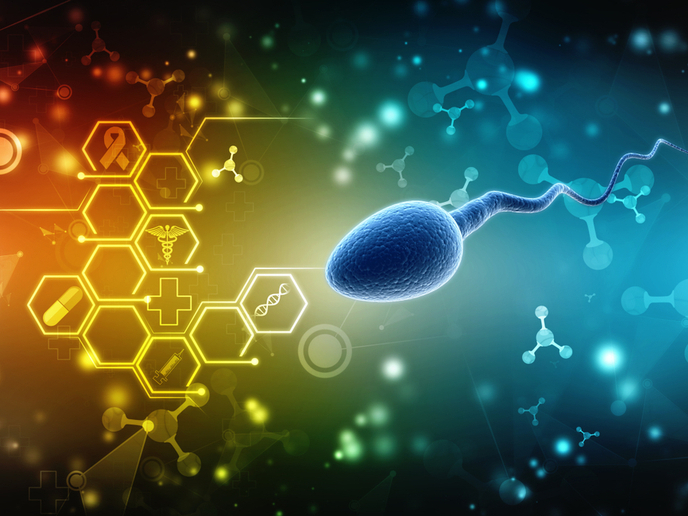A symbiotic to reduce obesity
In the last decade, researchers have found that gut bacteria can control their hosts' eating habits. They do so by interacting with enteroendocrine cells (EECs) in the gut that produce hormones to communicate with other parts of the body. Building on earlier findings that cow milk sugars (bovine milk oligosaccharides (BMOs)) can stimulate Bifidobacterium infantis to activate EECs, the EU-funded SYMOBIGUT project aimed to elucidate the mechanism of these interactions. This would lead to a better understanding of the effect of these interactions at the gut barrier level and in the brain. SYMOBIGUT found that feeding obese mice a combination of B. infantis and BMOs improved the function of the gut barrier, which can lead to decreased obesity. The project also showed that when grown with BMOs, B. infantis secretes soluble factor(s) that activated nerves in the gut and decreased food intake. It is thus clear that this combination of probiotic (B. infantis) and prebiotic (BMOs) is a promising tool to reduce obesity in mice. Further study in humans is needed before it can be commercialised as an anti-obesity treatment.







